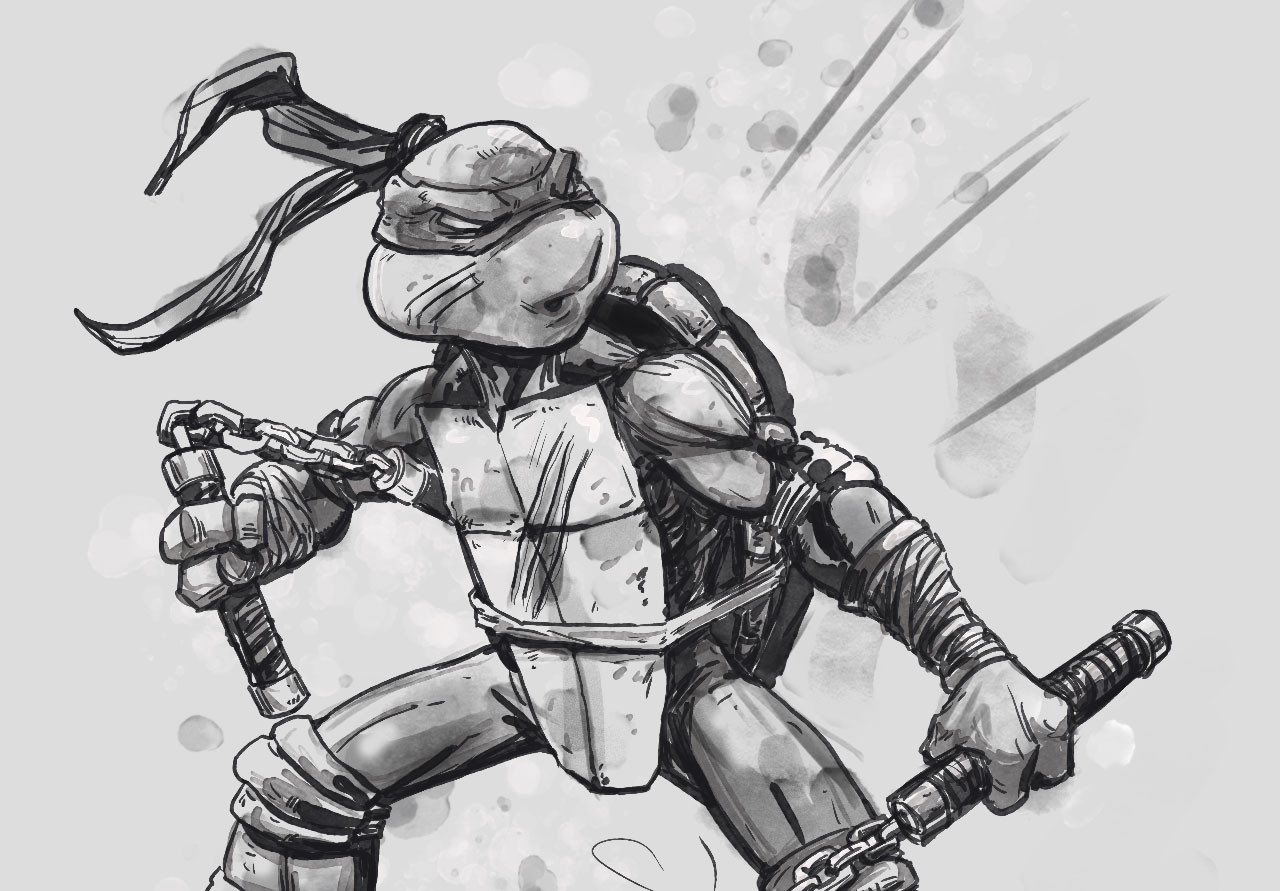How I Learned to Draw

>"Every artist was first an amateur.“
Ralph Waldo Emerson
You know, that old saying “practice makes perfect?“ Well, when it comes to drawing, it’s absolutely true. I started way back when I was just a kid, totally hooked on how lines could turn into shapes and faces right there on the paper. Even now, the magic of it still gets me.
My uncle was the one who got me started. He’d sit me down, pencil in my hand, and have me copy things around the house. But drawing chairs and tables got old - I wanted more! We hit the library, and that’s where I fell in love with artists like Jack Kirby and Charles Schulz.
Tracing their drawings was like learning a secret code. It taught me how those amazing artists saw the world, and suddenly I understood lines better, how simple shapes could come to life. But copying could only take me so far... The real breakthrough was when I put the tracing paper away. Instead of copying, I just looked at stuff and tried to draw it right there. My eyes, my brain, my hand - working together for the first time! It was hard, but in a good way. That’s when my drawings started to feel real.
The more I drew, the more I was building this secret stash in my head - faces, trees, the way light falls...all kinds of stuff. A treasure chest of ideas just waiting to come out.
I admit, I copied a lot to get better. But to find my own style, I started “stealing” a little... not someone’s whole drawing, but their cool way of shading, or how they make hands look expressive. Take the best bits, mash “em together, make “em your own!
Then, life happened. College, a career in web design. Cool stuff, but those years had me creating on a screen instead of with a sketchbook. Yet that itch to draw was always there in the back of my mind.
Finally, about a year ago, I couldn’t take it anymore. Working on a children’s book project pulled me back in. Suddenly, there I was with pencils and paper again, back where I started. I thought I’d be rusty, but that love of drawing? It was right there, waiting for me.
Now, even with a busy life, I carve out at least half an hour every night to draw. Sometimes it’s amazing, sometimes it’s not, but that’s okay. Every little bit is a win.
So, if you’re out there reading this with that same itch to draw, my advice is simple: Just do it! Pick up a pencil, a napkin, whatever you have... let those lines flow. It’s not about being perfect, it’s about the journey. Practice, be patient, and most importantly, have fun!